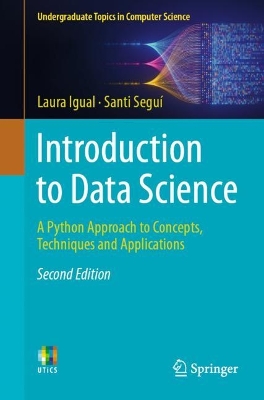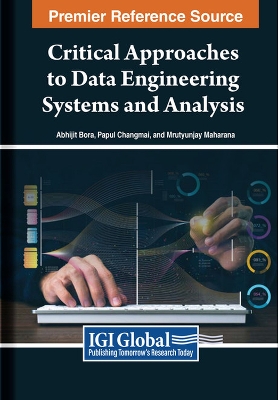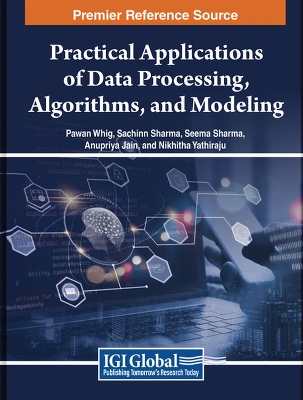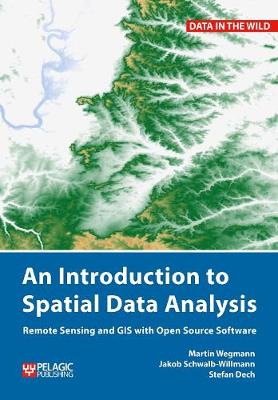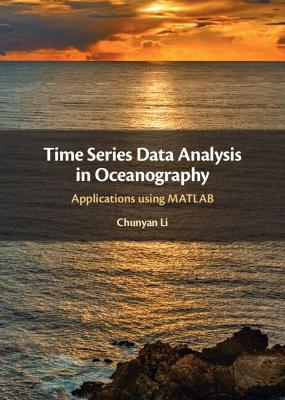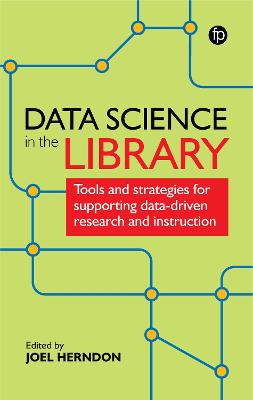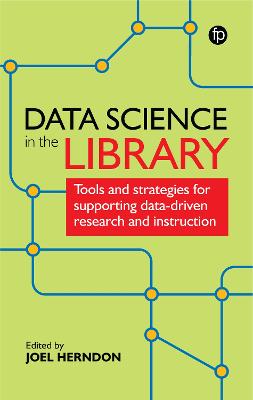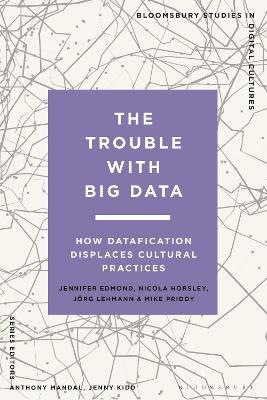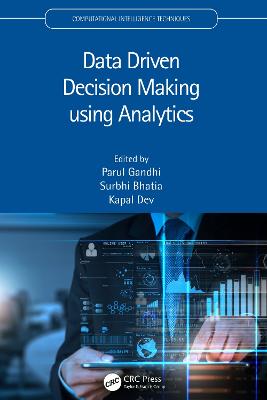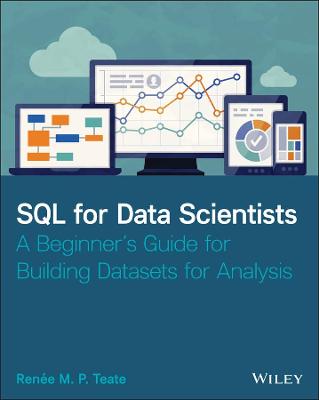Introduction to Spatial Data Analysis
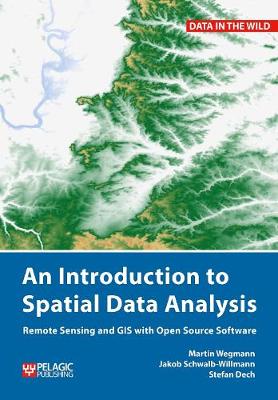 portes grátis
portes grátis
Introduction to Spatial Data Analysis
Remote Sensing and GIS with Open Source Software
Wegmann, Martin; Schwalb-Willmann, Jakob; Dech, Stefan
Pelagic Publishing
09/2020
222
Mole
Inglês
9781784272135
15 a 20 dias
500
1. Introduction and overview
1.1 Spatial data
1.2 First spatial data analysis
1.3 Next steps
Part I.
Data acquisition, data preparation and map creation
2. Data acquisition
2.1 Spatial data for a research question
2.2 AOI
2.3 Thematic raster map acquisition
2.4 Thematic vector map acquisition
2.5 Satellite sensor data acquisition
2.6 Summary and further reading
3. Data preparation
3.1 Deciding on a projection
3.2 Reprojecting raster and vector layers
3.3 Clipping to an AOI
3.4 Stacking raster layers
3.5 Visualizing a raster stack as RGB
3.6 Summary and further reading
4. Creating maps
4.1 Maps in QGIS
4.2 Maps for presentations
4.3 Maps with statistical information
4.4 Common mistakes and recommendations
4.5 Summary and further reading
Part II.
Spatial field data acquisition and auxiliary data
5. Field data planning and preparation
5.1 Field sampling strategies
5.2 From GIS to global positioning system (GPS)
5.3 On-screen digitization
5.4 Summary and further reading6.
Field sampling using a global positioning system (GPS) 97
6.1
GPS in the field 98
6.2
GPX from GPS 101
6.3
Summary 102
7.
From global positioning system (GPS) to geographic information system (GIS) 103
7.1
Joint coordinates and measurement sheet 104
7.2
Separate coordinates and measurement sheet 105
7.3
Point measurement to information 106
7.4
Summary 108
Part III.
Data analysis and new spatial information
8.
Vector data analysis 110
8.1
Percentage area covered 114
8.2
Spatial distances 118
8.3
Summary and further analyses 121
9.
Raster analysis 122
9.1
Spectral landscape indices 122
9.2
Topographic indices 128
9.3
Spectral landscape categories 128
9.4
Summary and further analysis 133
10.
Raster-vector intersection 134
10.1
Point statistics 135
10.2
Zonal statistics 136
10.3
Summary 138
Part IV.
Spatial coding
11.
Introduction to coding 140
11.1
Why use the command line and what is 'R'? 140
11.2
Getting started 142
11.3
Your very first command 142
11.4
Classes of data 144
11.5
Data indexing (subsetting) 145
11.6
Importing and exporting data 147
11.7
Functions 148
11.8
Loops 149
11.9
Scripts 149
11.10
Expanding functionality 150
11.11
Bugs, problems and challenges 151
11.12
Notation 152
11.13
Summary and further reading 15212.
Getting started with spatial coding 153
12.1
Spatial data in R 153
12.2
Importing and exporting data 158
12.3
Modifying spatial data 162
12.4
Downloading spatial data from within R 166
12.5
Organization of spatial analysis scripts 170
12.6
Summary 171
13.
Spatial analysis in R 172
13.1
Vegetation indices 172
13.2
Digital elevation model (DEM) derivatives 174
13.3
Classification 175
13.4
Raster-vector interaction 179
13.5
Calculating and saving aggregated values 182
13.6
Summary and further reading 184
14.
Creating graphs in R 185
14.1
Aggregated environmental information 185
14.2
Non-aggregated environmental information 189
14.3
Finalizing and saving the plot 194
14.4
Summary and further reading 195
15.
Creating maps in R 196
15.1
Vector data 197
15.2
Plotting study area data 202
15.3
Summary and further reading 206
Afterword and acknowledgements 207
References 209
Index 210
1. Introduction and overview
1.1 Spatial data
1.2 First spatial data analysis
1.3 Next steps
Part I.
Data acquisition, data preparation and map creation
2. Data acquisition
2.1 Spatial data for a research question
2.2 AOI
2.3 Thematic raster map acquisition
2.4 Thematic vector map acquisition
2.5 Satellite sensor data acquisition
2.6 Summary and further reading
3. Data preparation
3.1 Deciding on a projection
3.2 Reprojecting raster and vector layers
3.3 Clipping to an AOI
3.4 Stacking raster layers
3.5 Visualizing a raster stack as RGB
3.6 Summary and further reading
4. Creating maps
4.1 Maps in QGIS
4.2 Maps for presentations
4.3 Maps with statistical information
4.4 Common mistakes and recommendations
4.5 Summary and further reading
Part II.
Spatial field data acquisition and auxiliary data
5. Field data planning and preparation
5.1 Field sampling strategies
5.2 From GIS to global positioning system (GPS)
5.3 On-screen digitization
5.4 Summary and further reading6.
Field sampling using a global positioning system (GPS) 97
6.1
GPS in the field 98
6.2
GPX from GPS 101
6.3
Summary 102
7.
From global positioning system (GPS) to geographic information system (GIS) 103
7.1
Joint coordinates and measurement sheet 104
7.2
Separate coordinates and measurement sheet 105
7.3
Point measurement to information 106
7.4
Summary 108
Part III.
Data analysis and new spatial information
8.
Vector data analysis 110
8.1
Percentage area covered 114
8.2
Spatial distances 118
8.3
Summary and further analyses 121
9.
Raster analysis 122
9.1
Spectral landscape indices 122
9.2
Topographic indices 128
9.3
Spectral landscape categories 128
9.4
Summary and further analysis 133
10.
Raster-vector intersection 134
10.1
Point statistics 135
10.2
Zonal statistics 136
10.3
Summary 138
Part IV.
Spatial coding
11.
Introduction to coding 140
11.1
Why use the command line and what is 'R'? 140
11.2
Getting started 142
11.3
Your very first command 142
11.4
Classes of data 144
11.5
Data indexing (subsetting) 145
11.6
Importing and exporting data 147
11.7
Functions 148
11.8
Loops 149
11.9
Scripts 149
11.10
Expanding functionality 150
11.11
Bugs, problems and challenges 151
11.12
Notation 152
11.13
Summary and further reading 15212.
Getting started with spatial coding 153
12.1
Spatial data in R 153
12.2
Importing and exporting data 158
12.3
Modifying spatial data 162
12.4
Downloading spatial data from within R 166
12.5
Organization of spatial analysis scripts 170
12.6
Summary 171
13.
Spatial analysis in R 172
13.1
Vegetation indices 172
13.2
Digital elevation model (DEM) derivatives 174
13.3
Classification 175
13.4
Raster-vector interaction 179
13.5
Calculating and saving aggregated values 182
13.6
Summary and further reading 184
14.
Creating graphs in R 185
14.1
Aggregated environmental information 185
14.2
Non-aggregated environmental information 189
14.3
Finalizing and saving the plot 194
14.4
Summary and further reading 195
15.
Creating maps in R 196
15.1
Vector data 197
15.2
Plotting study area data 202
15.3
Summary and further reading 206
Afterword and acknowledgements 207
References 209
Index 210


